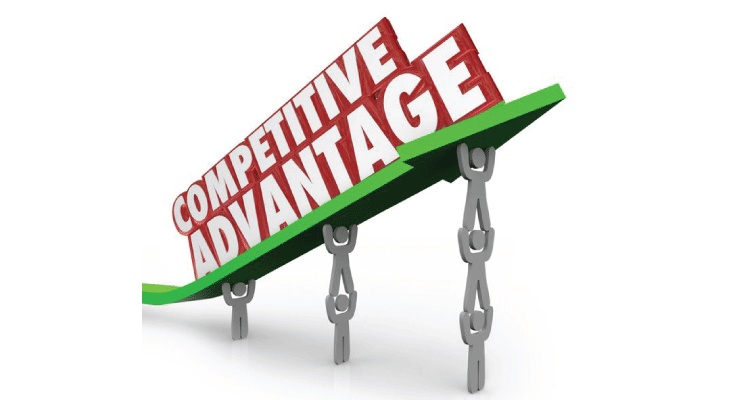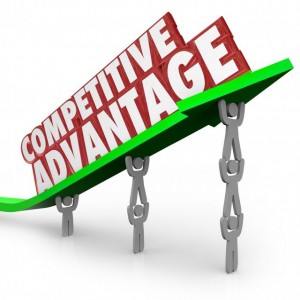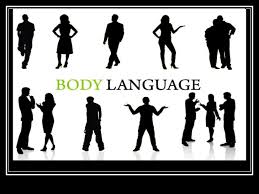The four P’s of marketing- product, place, price and promotion, certainly present many compelling ways to differentiate a firm’s product or services from those of one’s competitors. However, as one plans to get the business off the ground, one needs to consider more than just marketing strategies to achieve sustainable competitive advantage, no matter which market the firm is in. Thus one of the most important aspects of the business is what is known as HR strategy and human capital- you, and your employee.
According to Charles Greer, “In a growing number of organisations, human resources are viewed as a source pf competitive advantage. There is greater recognition that distinctive competencies are obtained through highly developed employee skills, distinctive organisational culture, management processes and systems.”
Increasingly, it is being recognised that competitive advantage can be obtained with high quality workforce that enables the organisation to compete on the basis of market responsiveness, product and service quality, differentiated products, and technological innovation. Thus in the present era of liberalisation and globalisation, a business enterprise must attain human resource based competitive advantage over its competitors to ensure its survival and growth.A dynamic manager tries to achieve competitive advantage for the organisation which maybe in the form of low cost leadership in the industry or being unique in the industry along dimensions that are widely valued by the customers in general and society in large.
What’s the HR/competitive advantage link?
As environments become increasingly dynamic, is innovation more or less important? More, obviously. At least adaptation is essential, innovation even better. But we know that the most potent sources of innovation are often ideas that emerge from within the company – usually in connection with an insight that someone has in working with customers. So a strategically minded HR department can craft jobs, create networks among people, and provide the training that helps every person in the organization become part of its innovation engine.
As environments become increasingly dynamic, is it more or less important that senior leaders are flexible, externally focused and well prepared? Well, obviously, more important.But who is overseeing the long-run development of these key people? Who makes sure that over the course of a career they are exposed to the right experiences, get the right development opportunities through formal and informal executive education and mentoring, and are considered for the next job when it comes up? Often, these critical tasks aren’t actually done by anybody, or they are left to the vagaries of individual managers to handle the careers of the people reporting to them. A strategic HR focus, in contrast, really does look at the careers of highly talented people in a holistic way, and sees that depth, adaptiveness and engagement are being built into the way careers unfold.
Because of the critical role of human resources in enabling the organisation to effectively deal with the external environmental challenges, the human resource manager has become a strategic partner in the formulation of organisation’s strategies. He creates a competitive edge for the organisation by giving strategic focus to human resource planning, employment, training, appraising and rewarding of personnel.
Click here for government certification in Human Resources





7 Comments. Leave new
Good work
HR is the most dynamic part of any institution and hence provides the edge given in the article. Well written!
Rightly described. The right person to have the HR strategist as would be an experienced HR who has had the field analysis and exposure for at least five years or more and could easily understand and evaluate the changing trends to the benefit of the organization.
Now a days mostly all organization are move towards competitive advantages.. You explained it nicely..!
Informative one.
you have described it very well !
informative and well described